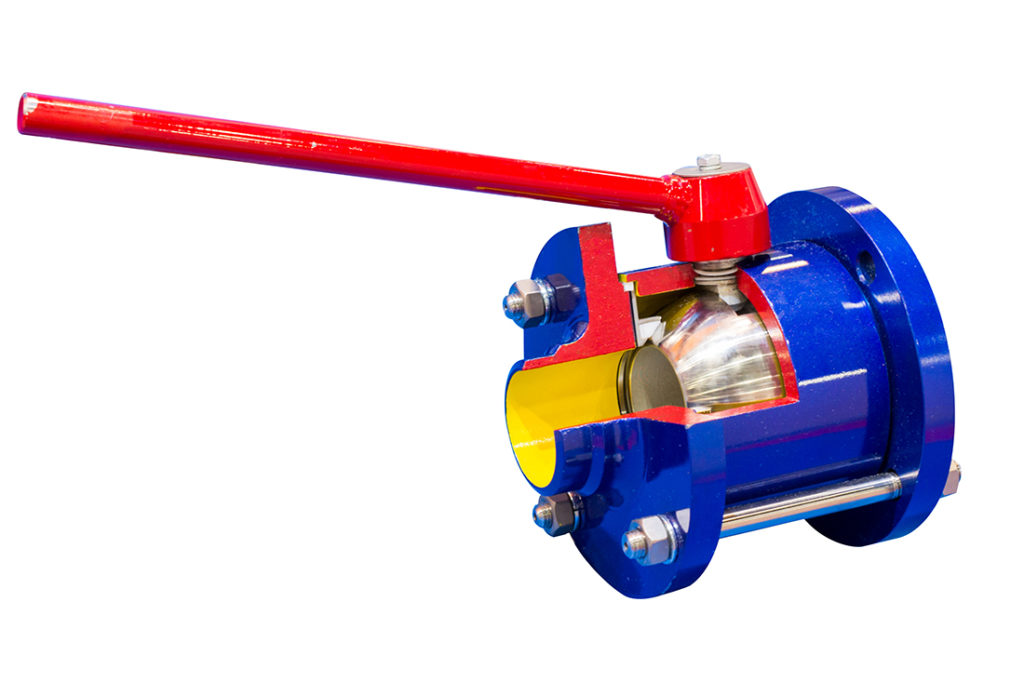Learn Everything You Need To Know
Here’s a quick guide to ball valves. In last month’s blog we talked about some of the differences and general information about ball valves and plug valves. This month we are going to give a complete guide to ball valves. Our team will also discuss how we can be a solution for any equipment maintenance product for the pipeline industry.
Necessity Is The Mother Of Invention
In 1871, a ball-type valve received a patent. At the time, it was not readily available to the average consumer. Most hardware companies at the time really didn’t advertise the device due to its novelty and lack of need in the market. The modern ball valve received a patent in April of 1945, making it a fairly new invention. Various industries including food and beverage manufacturing, medical, paper-making may use a ball valve at some point in the process.
Ball Valves Are Simple To Operate, But Effective
Ball valves see use in a variety of industries, including the food industry, health care, and natural gas. These valves do not require intricate and detailed technology to keep liquids and gasses flowing in the appropriate direction. In oil and gas pipelines, crews use full diameter welded ball valves when they bury the main pipeline.
Ball valves are a relatively low-maintenance part of a pipeline. Apart from worn O rings that seal the ball inside the valve body, valves require lubrication to keep it clean. When a valve’s lubricant wears down and dirt or corrosion accumulates, it might become difficult to turn. That’s where valve cleaner comes in.
Understand The Importance of Valve Cleaner
Valve cleaner serves a few different roles. It is injected into the valve to break down old lubricants or media/debris around the valve seats. It is also used to free up hard to operate ball valves. After injecting the valve cleaner, fill it with a lubricant such as Equa-Lube 80 or Summit 7030 for smooth operation.
If a ball valve doesn’t achieve a complete seal, our team here at Mid-Atlantic offers Summit 7030 with micronized PTFE. This will help seal minor defects like scratches on the ball or cracks in the seats. If Summit does not achieve a complete seal, Total Lube 911 might do the trick. This is a thicker lubricant with a more aggressive amount of PTFE to help achieve a better seal.
For more information on ball valves, give Mid-Atlantic Inc. a call at (724) 220-5415. We are happy to talk to you about a quick guide to ball valves.


